
Rheims is rich in history and famous for its champagne which is
preferred here to other sorts of wine. There is nothing strange in the
fact as the city is located in the Champagne region which embraced
thousands of wine-storages even in Roman times.
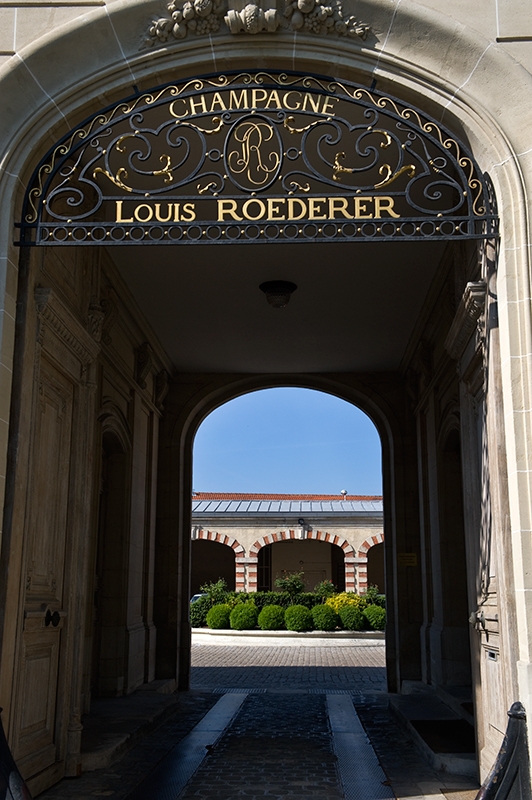
Principal offices of champagne manufacturers are situated in Rheims.
They offer tasting of famous champagne and can be visited any time
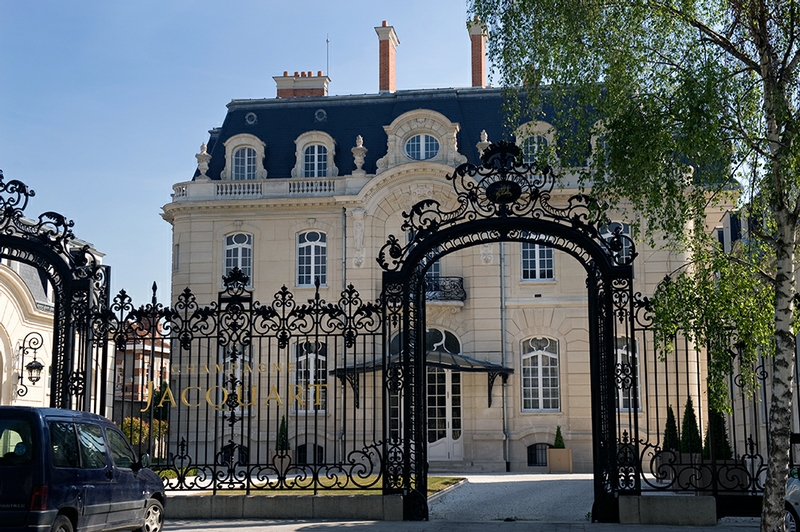
Veuve Clicquot is the most well-known brand. In the 19 century the
kings court of Petersburg purchased the brand by wholesale. After early
death of Mr. Clicquot his widow had to undertake his business and even
think of her own way of residue removal.
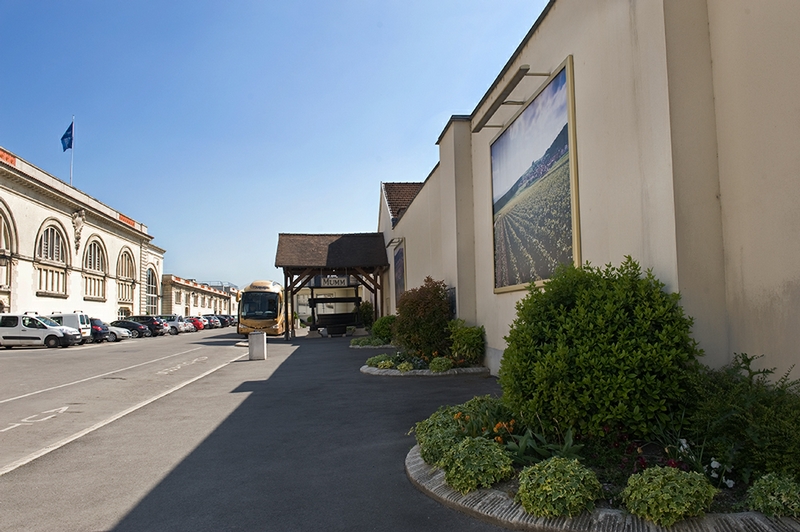
The Mumm brand was founded in 1827 by a German from the Rheims valley.
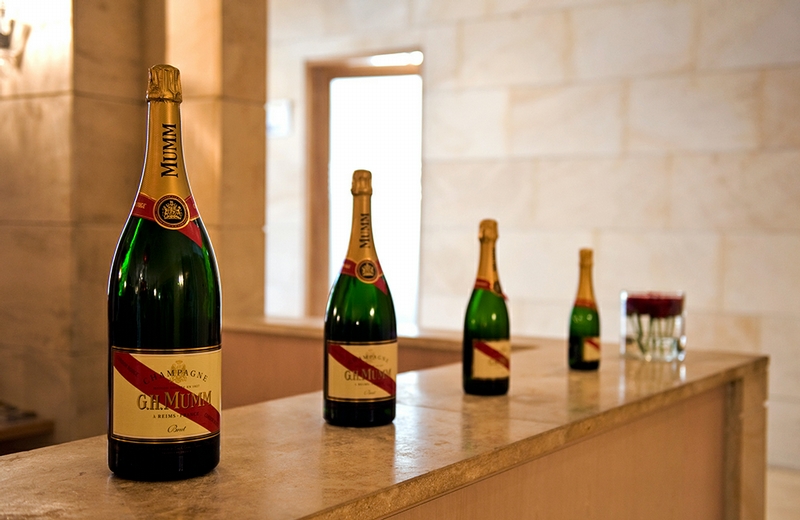
During an excursion you will be told in details about every stage of
champagne production and led through the ancient storages which embrace
old bottles till now.
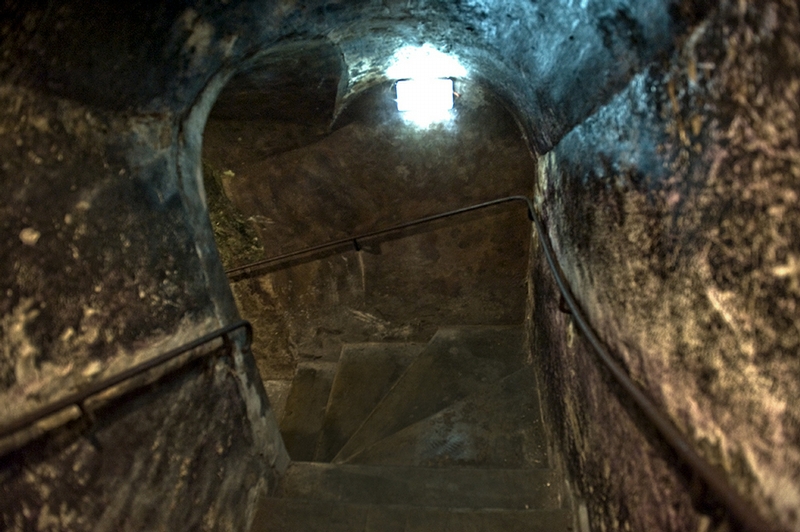
Grapes used in champagne production are collected before their ripening
when the sugar level is lower and the acidity level is higher. Juice is
extracted rather fast to make wine white. The traditional method of
champagne production is known as Methode Champenoise.
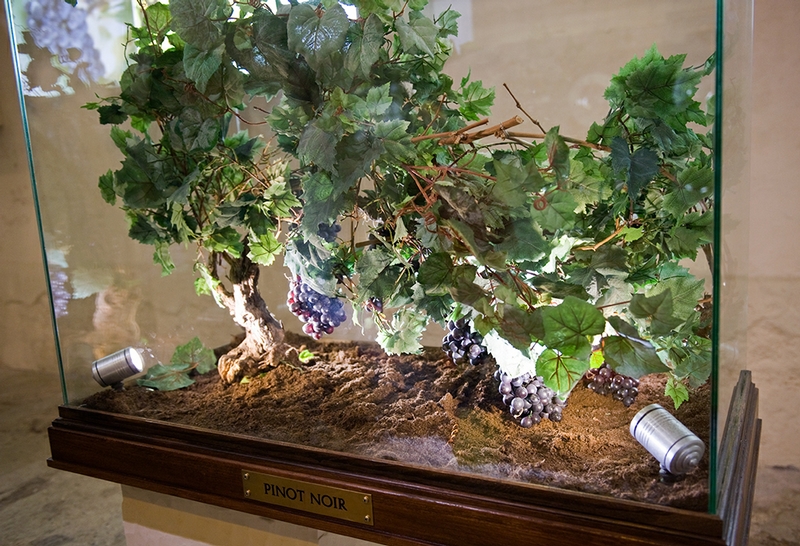
Initial fermentation starts in barrels or any other reservoirs made of
stainless steel when natural sugar is turned into alcohol and carbon
dioxide is evaporated. That's how the basic wine is obtained. It is sour
and far from being pleasant. Blending with usage of wine from different
vineyards and of different age is done at this stage.
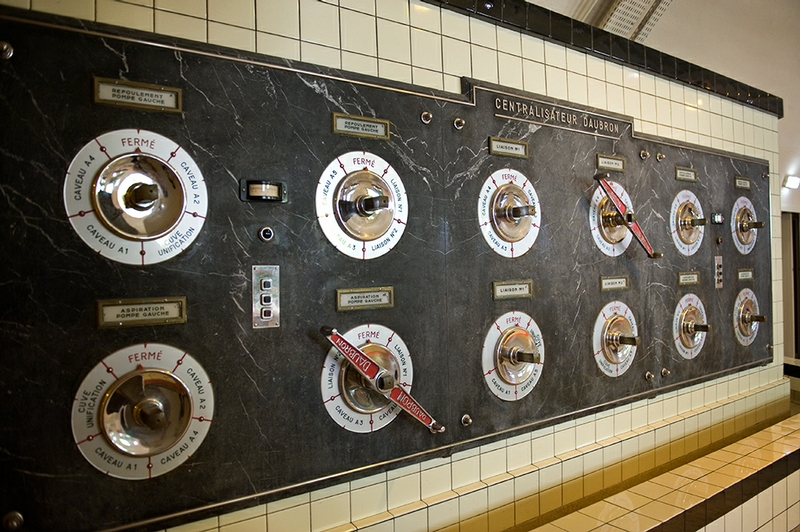
Mixed wine is poured into bottles together with the blending mixture,
yeast and a bit of sugar. The bottles are placed horizontally in a
vineyard where they undergo secondary fermentation during which carbon
dioxide is left in a bottle and is mixed with the wine.
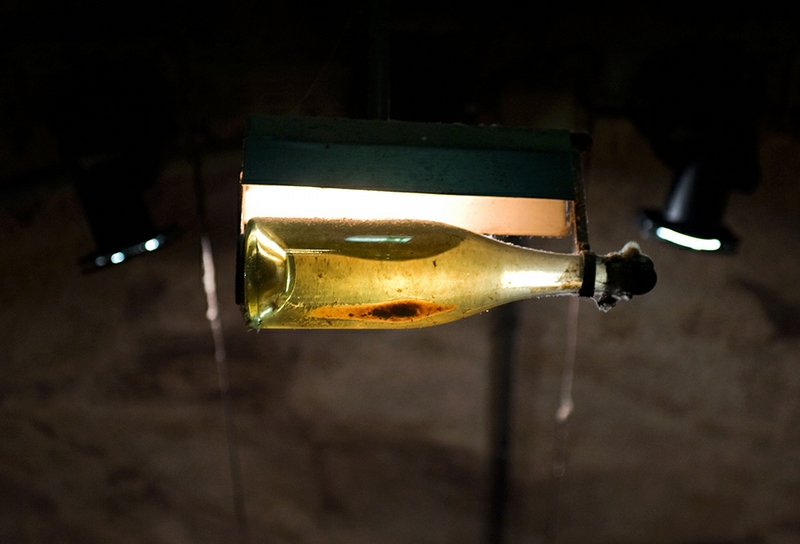
After the wine is stored during 1,5 year minimum the bottles undergo
the process of remuage when they are daily turned around slowly at a
small angle until the bottle neck will be directed downwards. The
procedure which is called degorgement helps eliminate the residue. It is
performed simultaneous to dispensing or addition of wine solution with
sugar. Then the bottle is closed and left for 2 weeks. Before the
process was invented champagne was turbid. Such kind of champagne is
produced till now. Many modern manufacturers use machines for dispensing
freezing a small liquid volume next to the neck and removing it
together with formed residue.
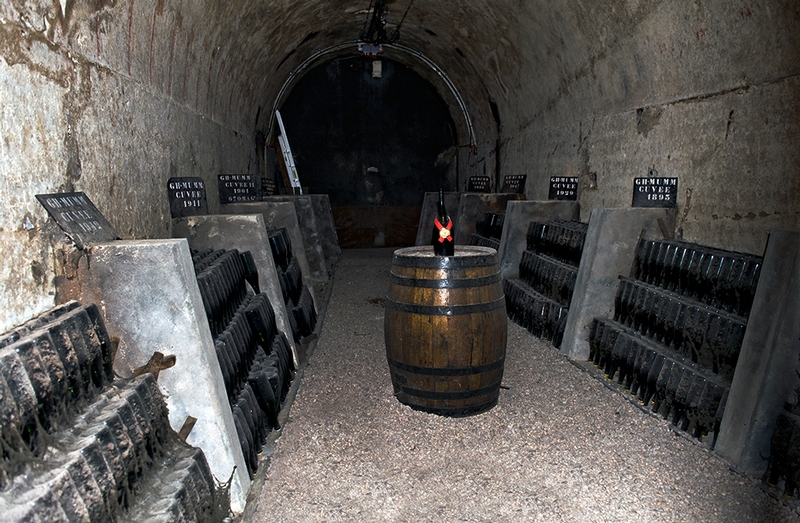
Wines made in Champagne can be sold only after they have been stored
for at least 18 months. Many famous manufacturers leave the wine in
storages for 6 to 8 years.
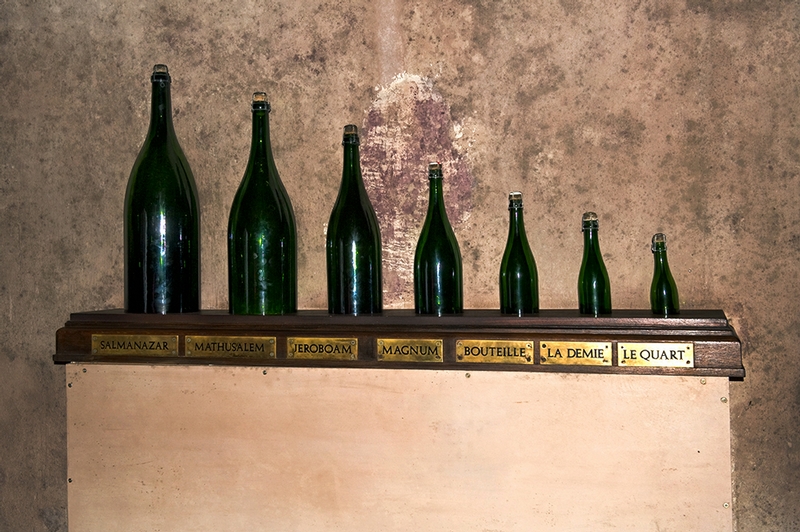
Champagne is poured into 2 kinds of bottles which are standard and
magnum. Magnum champagne is considered as wine of a higher quality.
That's why it is twice more expensive than standard wine because less
oxygen is left in a bottle and area square allows to create bubbles of
necessary size. It is not proved though. Bottles of other sizes are
filled with champagne that has gone through fermentation process in
standard or magnum bottles.
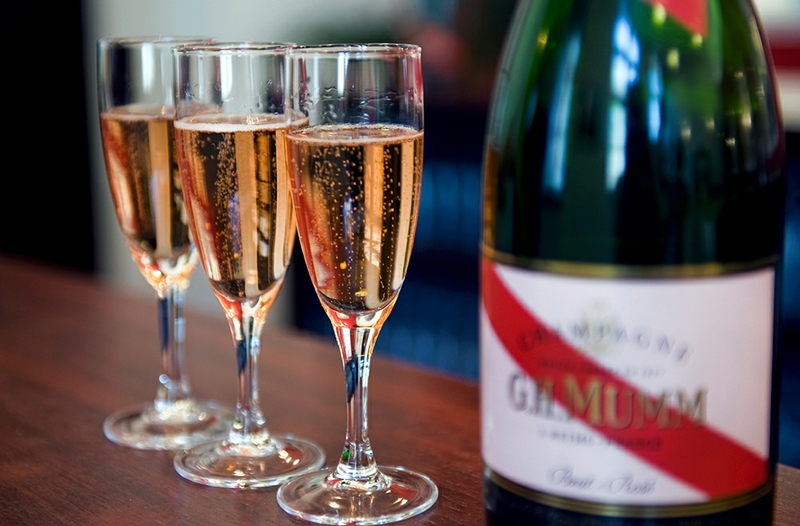
An interesting excursion is followed by wine tasting. It is usually
thought that champagne bubbles are formed around small dirty spots on a
glass. However, the natural contamination is too small to be turned into
centers of bubble formation. Bubbles usually cover cellulose fibers
present in the surrounding dust. The glass is sometimes etched out by
manufacturers to obtain reliable centers of bubble formation. It is
believed that in good champagne bubbles are formed within 10-20 hours
after the bottle was opened. An average champagne bottle contains 250
million bubbles.
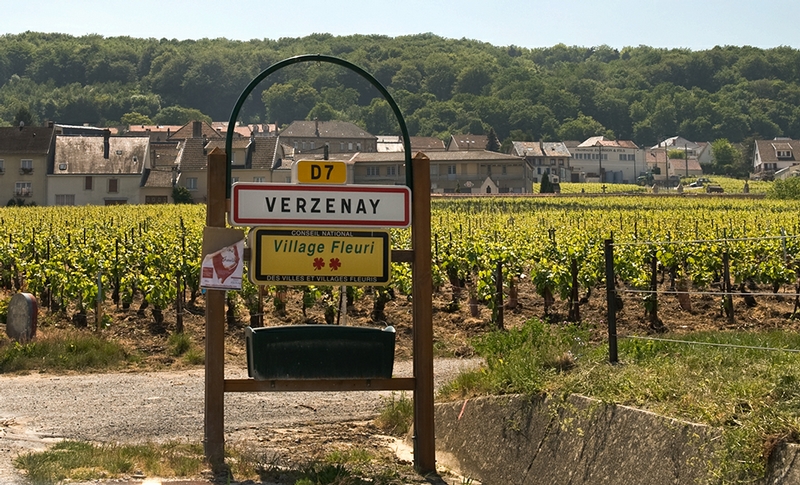
The town of Verzenay has a small museum which depicts a complex way from a vinery to beautiful champagne with bubbles.
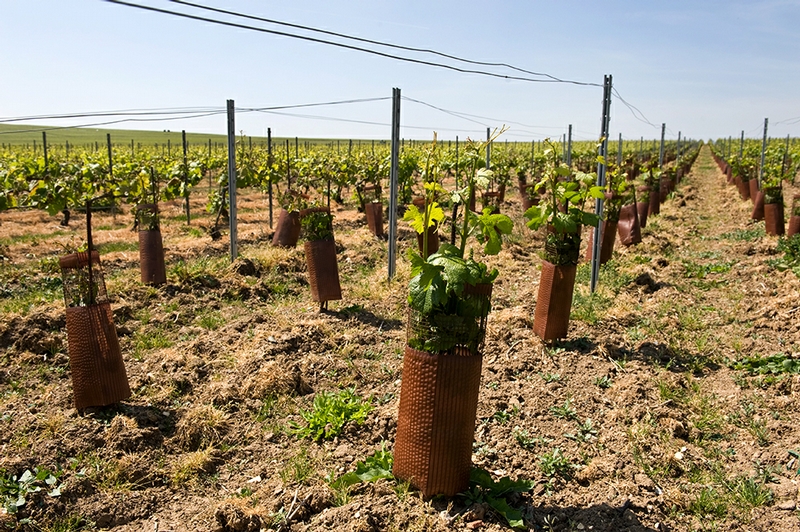
During solemn ceremonies champagne bottles can be opened with a sabre.
The sabre goes along the bottle towards the neck. The neck is slightly
hit leading to a circular fissure formation. Under pressure the most
upper part of the neck is separated from the bottle. For this a heavy
sabre with a short blade is chosen. Don't use the cutting part of the
blade while opening a bottle. Remove the wire and hold the bottom part
of the bottle in your hand. Touch the bottle with the blade and move it
alongside until it touches the flare on the neck. The most upper part of
the bottle will be separated. A portion of liquid has to be removed to
get rid of possible fragments.
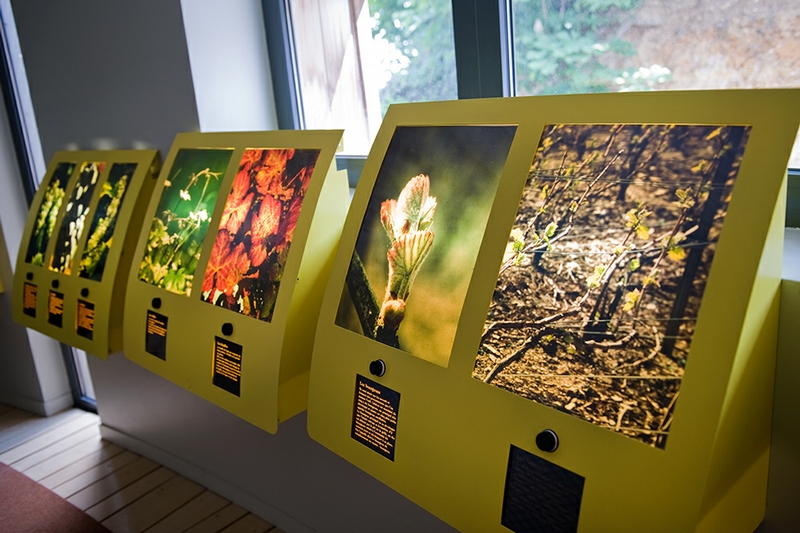
Just remember that a sabre is a weapon and can be dangerous. And don't
forget to check if there are any fragment left in your glass.
via toma-gramma
0 comments:
Post a Comment